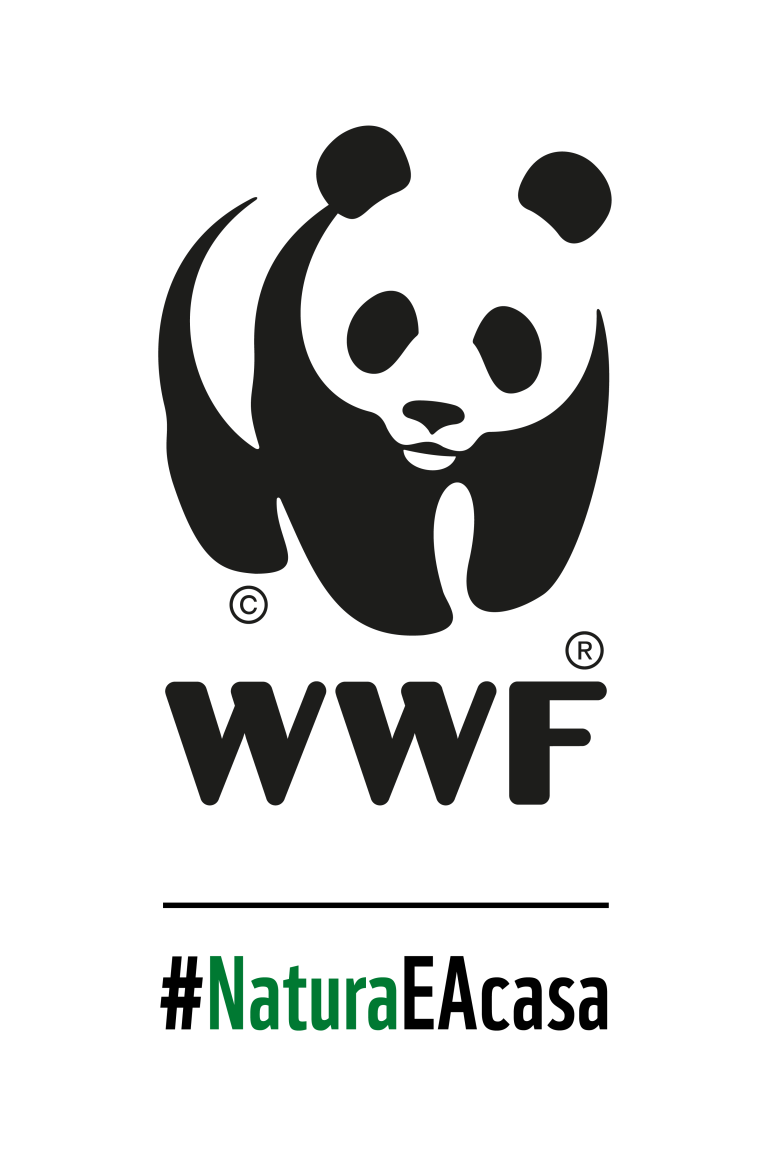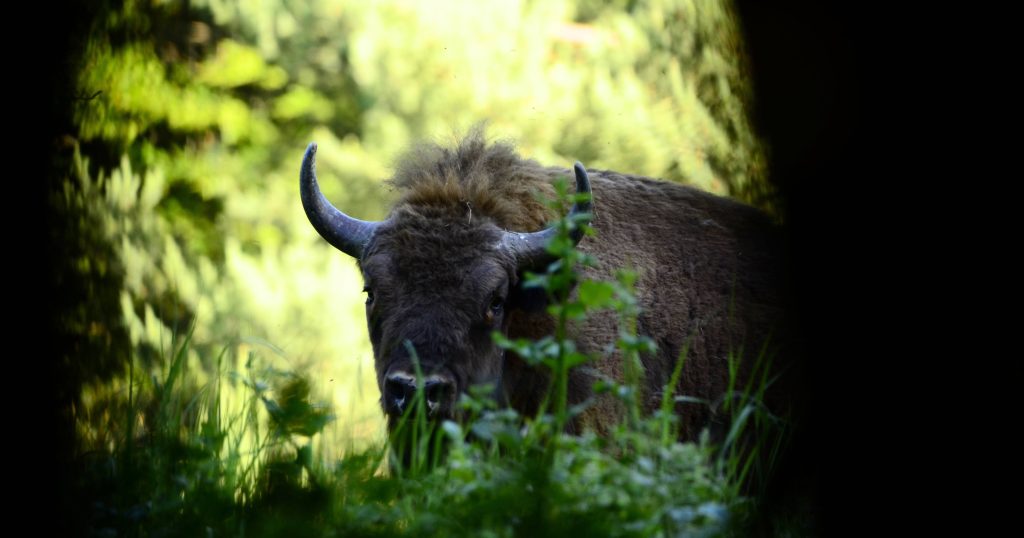The European bison – a fascinanting creature, as if out of fairytales. It is hard to believe that after 250 years of being extinct in our country, the gentle giants are now roaming free in Tarcu Mountains.
To better understand why it is necessary, however, to bring in more specimens from other European countries, we must tell you the story of the bison.
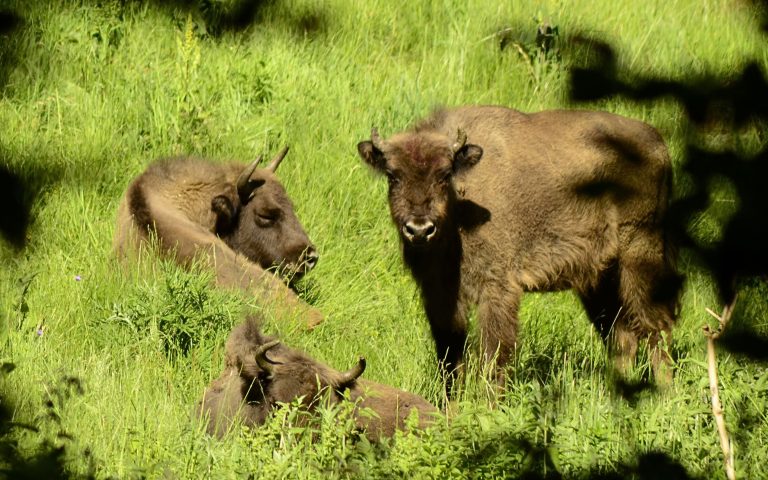
Once a common presence throughout Europe, over-hunting and habitat loss led to its disappearance from the wild in the late 19th century. Just 54 individuals survived in captivity and of those, only 12 reproduced. Thanks to concentrated conservation efforts and breeding programmes, the species has slowly but steadily begun to make a comeback, despite its dangerously low genetic diversity.
Therefore, introducing specimens from other parts of Europe to the South-West Carpathians provides a new gene flow and helps to avoid excessive inbreeding, which can cause health problems and decrease the species' resistance.
This year we had two transports that delivered 14 genetically valuable specimens – 10 European bison from Germany and 4 from Sweden.
How does such a relocation work?
After the animals have been carefully selected according to age and hereditary origin and kept together for a long period of time to form a cohesive group, they are loaded into a truck specially adapted to their needs and set off for Armenis.
We wait for the transport truck at the main road to guide it to Magura Zimbrilor. One of our cars will go in the front, the other, the one with the vet, in the back.
From the main road we enter the forest road. We still have asphalt, after three days of rain the sun is out, everything is on schedule.
From place to place, the road narrows, but not so much that it gets in the way of the vehicles. At the junction where the unpaved stretch begins, a TAF (articulated forestry tractor) is waiting for us, fitting between us and the truck, ready to intervene if the truck gets stuck on any of the more difficult stretches of road.
TAF help is needed in two areas affected by the recent rains, but we get through and reach the acclimatisation enclosure without problems. Here, the bison will stay for at least one month and their health will be closely monitored by rangers.
The truck driver makes a few manoeuvres, positioning the trailer right next to the entrance to the paddock. The vehicle is secured, the dividers are lowered, everyone takes out their phones or cameras, then it's silent. The transport from earlier in the week, with the 10 specimen relocated from Germany, went smoothly and without incident. Hopefully Leia, Helena, Gimli and Legolas, brought all the way from Sweden, will also cooperate.

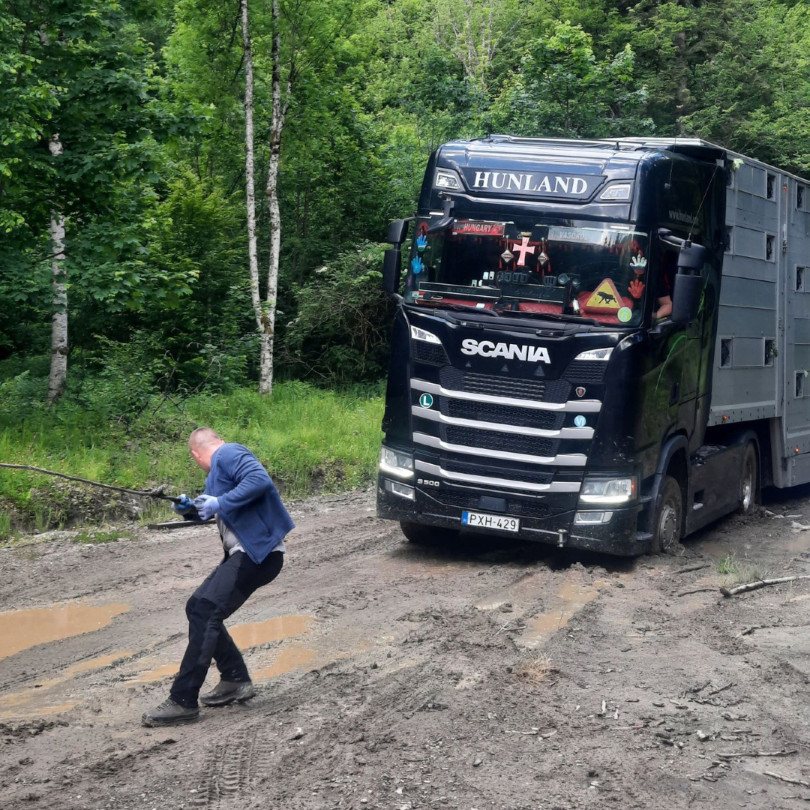
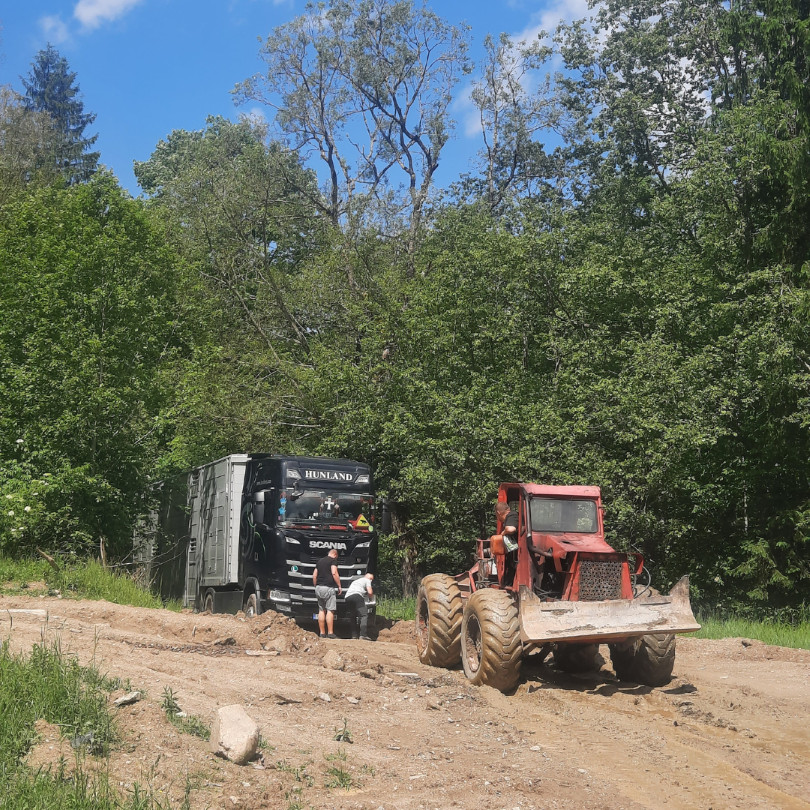
The first bison hesitantly descends. It's a beautiful but indecisive female – Leia. After a while, the call of the grassy hill is stronger than the desire to stay with the group, so she sets off, slowly, up the slope. The two males follow in turn. Slightly more determined and enthusiastic than she was.
The keepers carefully manoeuvre the dividers so that the fourth bison can get out. Except that Helena keeps us waiting. Tired from 48 hours of travelling, she approaches the trailer's opening, picks up a branch with juicy leaves, placed there to lure her out, and returns to the comfort and darkness of the trailer, where she sits quietly for the next hour. We clap our hands, make noises, but the female shows no sign of seeking sunshine and green grass.
The only remaining solution is to have her tranquilized so she can be safely removed. The vet departs to get the required equipment for the tranquilization, we step aside to wait for him, and Helena decides this is the best time to act and heads out on her own, making her way, slowly, to the top of the hill where the other three bison are waiting.



We breathe a sigh of relief, pack our things and head for home. The rangers stay behind to make sure everything is OK. It's the first time we have two groups from different places in the enclosure at the same time, so their interaction will be carefully monitored.
At the beginning of July, the 14 specimens will be released and the free bison population in Tarcu Mountain, on the 10th anniversary of the first transport in the South-Western Carpathians, will exceed 190 individuals.
Within the LIFE with Bison project, WWF-Romania, together with partners from Rewilding Romania, Rewilding Europe, WeWilder, Institutul de Cercetare-Dezvoltare pentru Cinegetică și Resurse Montane, the Municipality of Armeniș, the Municipality of Cornereva and the Municipality of Teregova will relocate 40 bison to increase genetic diversity, implement new coexistence measures and create a working group to develop a National Action Plan for the conservation of the species.
”LIFE with Bison” project is co-funded by the European Union through LIFE Programme. Views and opinions expressed are however those of the author(s) only and do not necessarily reflect those of the European Union or CINEA. Neither the European Union nor the granting authority can be held responsible for them.

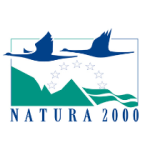
Partners:

